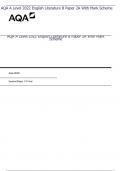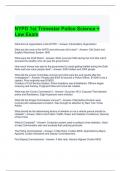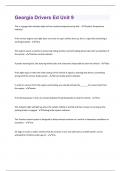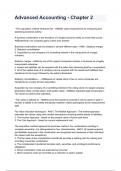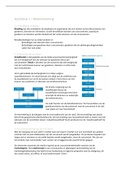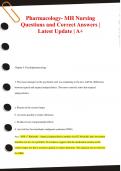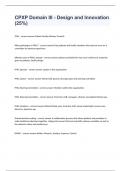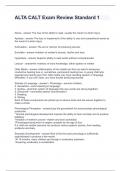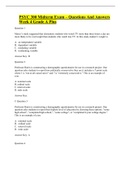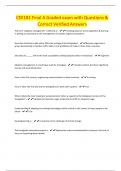Exam (elaborations)
AQA A Level 2022 English Literature B Paper 2A With Mark Scheme
AQA A Level 2022 English Literature B Paper 2A With Mark SchemeAQA A Level 2022 English Literature B Paper 2A With Mark SchemeAQA A Level 2022 English Literature B Paper 2A With Mark SchemeAQA A Level 2022 English Literature B Paper 2A With Mark SchemeAQA A Level 2022 English Literature B Paper 2A ...
[Show more]
